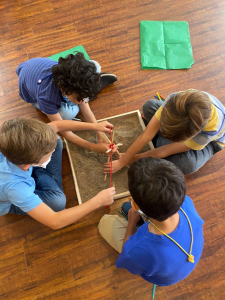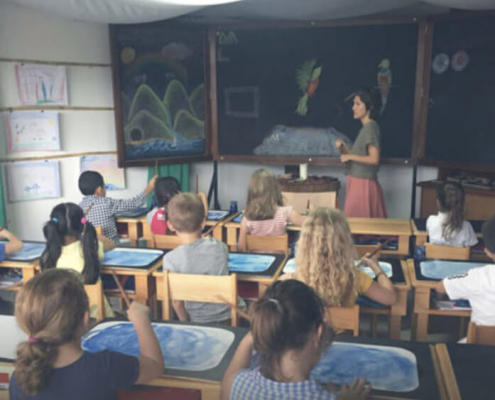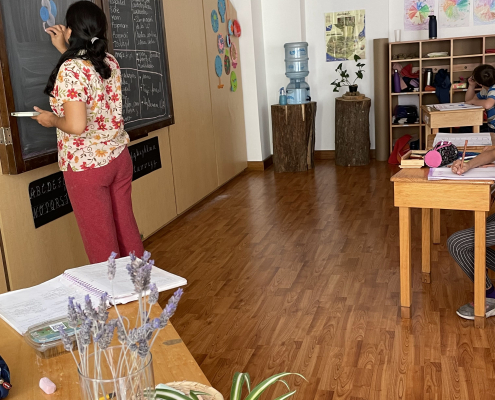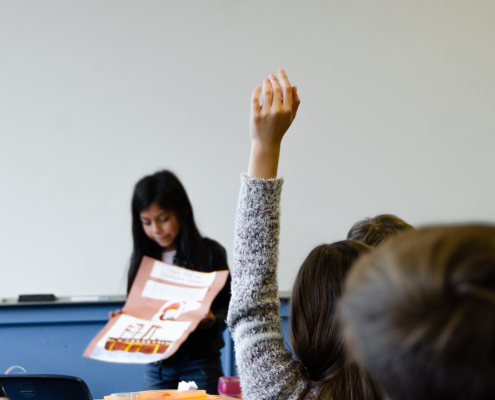The Class Two children are stronger physically, have longer limbs and the tender quality of the Class One is replaced by more bounce and confidence. Their bodies are more coordinated, their hands more dexterous and they appear to be all over the playground with boundless energy.
The children are still in the process of changing their milk teeth and as they do, their curiosity about the outer world increases.
In Class One, they experienced the world as a whole. In Class Two, they become aware of the duality of human nature, observing saintliness and mischievousness in themselves and others.
The fables and animal tales told this year allow the children to identify with instinctive animal qualities inside them, while the stories of the saints and holy people bring out examples of the very best in human nature.
The key word for the Class Two is ‘polarity’ as the children explore the opposite feelings. At one moment they are very kind, and the next they are being spiteful. Everything is either ‘black or white’ socially.
Academically the children make a great leap, from Class One to Class Two, perhaps one of the biggest leaps in their academic life. They are ready to work. What the children need this year is to be extended in a way that helps them realize that learning is easy. Rather than presenting them with new skills that are too difficult, this can be done by challenging them to do more easy sums or to find more easy words – this will give them the repetition that they need to strengthen their confidence. Strengthening the basic skills learned in Class One is an important task in Class Two! The main focus for the year is developing mathematical abilities and confidence in reading and writing. The initial experiences of Class One are deepened and enhanced.
In Class Two dominance is firmly established and during this year specific learning needs and difficulties are observable. As a result, the range of abilities within the class becomes discernible and challenges for each individual child become more obvious. While the circle is the symbol of Class One, all whole and unified, each part sustaining the rest, Class Two may be seen as two parallel lines. The child begins to experience a delicate quality of duality.
Language Arts
In Language Arts recitations remain the heart of classwork. Children cultivate the capacity to memorize using beautiful and expressive language. This capacity is utilized by learning poems and other forms of speech works by heart accompanied by gestures when appropriate. Speech works that carry rhythm and repetition are suitable and enable them to learn with ease.
Fables are recited alternating chorus and solo performances or better still, acting them out.
Writing progresses to learning how to write the lowercase letters. This usually means completely switching from block crayons to stick/pencil crayons, which gives them an aesthetic interest in their writing. The content of written work is related to the Main Lesson themes and the children’s own experience. As the children begin to get keen on writing they are supported by encouraging them to write letters to friends, educators, family and so on or short descriptions of nature. It is important to note that in free writing, the children should be able to make spelling errors without interrupting the flow of thought. ‘The way the adult spell’ can be added later. However, these spelling mistakes are picked up by the teacher who uses them as part of the literacy Programme. Reading from their own initiated material provides valuable reading practice.
Children continue practicing reading texts of their own and what has been provided for them. Differentiated approaches including whole class, child to adult, child-to-child and solo reading are used. Regular practice in the recognition of visual and auditory patterns is encouraged.
Their confidence is deepened through thorough practicing of simple phonetic sentences.
Mathematics
Children in this age need to develop agility with numbers. Counting is extended up to 1000 practicing it both forward and backwards in sections. Great stress is laid in learning the tables up to 12 times 12. This is done with the help of number games, movement, rhythm, and representational drawings and written work. Going through the tables both forwards and backwards strengthens memorization.
Calculations of the four operations are now extended to 100. Sums continue to be done in a horizontal arrangement until place value is introduced, developed and fully understood. It is not until then that vertical calculation is introduced. This also brings in a new aspect of carrying and borrowing. Flexibility of thinking and depth of understanding is also achieved by introducing the children to a process known as expanded notation.
Form Drawing
In Form Drawing, the child in Class Two is a child who is experiencing a duality of the higher and lower self, to create harmonic balance of space. Thus form drawing in Class Two aims to cultivate inner perception in a way that will enable thinking to develop without slipping into an intellectual mode. One way of practicing this is to give the children one half of a symmetrical form and let them find and complete the corresponding half themselves. To do this, their inner faculties are utilized to develop a sense of symmetry as well as eye hand coordination. The children must inwardly feel that the pattern they have been given is unfinished. The aim is to complete, to make perfect in their imagination as well as on paper something that is incomplete. The beauty and flow of the mirrored forms brings about harmony in the souls of the children.
Handwork
Hands are a unique and beautiful part of the human being, and they bring us important far reaching experiences. Therefore we must try to help the children become aware of their hands and of the great gifts that they can bestow on themselves and others. Handwork is imaginatively and artistically taught, so the children are encouraged to make original designs that are colorful and creative in form. Through handwork, the children make a real connection to their surroundings, hence closing the gap made by modern technology in which everything appears from a somewhat abstract way made out of worthless and easily disposable materials.
In Class Two we continue to foster the skill of knitting using two needles which trains awareness and dexterity of both hands. They acquire skills such as:
- Knitting and purling different items. Some of the items include finishing off their recorder bags, small bags, dolls and animals.
- Plaiting threads to make bands and cords.
- Seam stitching using the overstitch and the running stitch
- Knitting or felting doll clothing
Painting
In painting with watercolors, the inner quality of color is explored. The question is,’ What feeling does the color generate?’ In keeping with the theme of Class Two, the aim is to activate the feeling of the children to practice balance. The exercises that the children undertake to experience the color harmonies are:
- Characteristics of two primary colors
- Characteristics of two secondary colors together.
- The experience of complementary colors i.e a primary color and a secondary color together.
- Patience is a value that is called upon from the children during the painting lesson.
